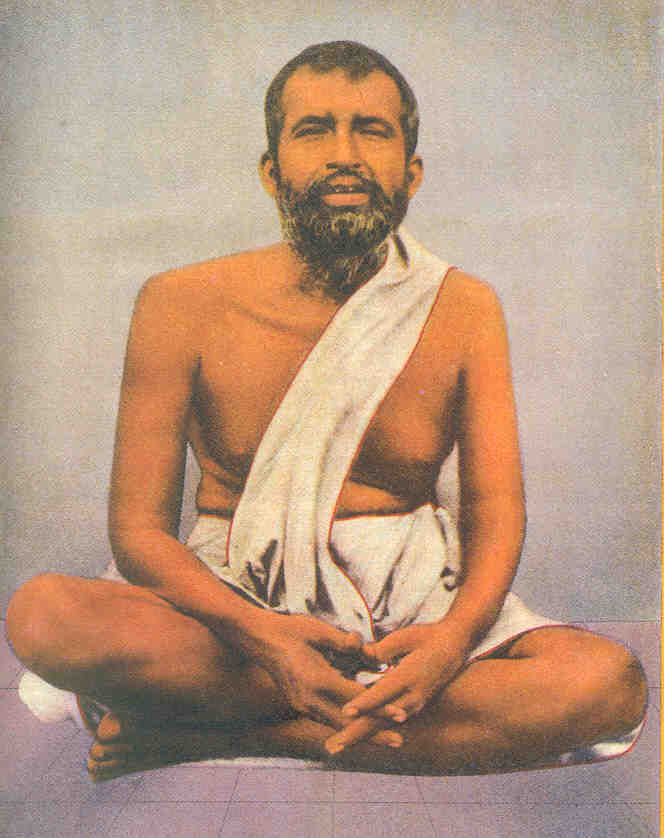The Gospel of Sri Ramakrishna : 21.

ISLAM : Toward the end of 1866 he began to practise the disciplines of Islam. Under the direction of his Mussalman guru he abandoned himself to his new sadhana. He dressed as a Mussalman and repeated the name of Allah. His prayers took the form of the Islamic devotions. He forgot the Hindu gods and goddesses — even Kali — and gave up visiting the temples. He took up his residence outside the temple precincts. After three days he saw the vision of a radiant figure, perhaps Mohammed. This figure gently approached him and finally lost himself in Sri Rarnakrishna. Thus he realized the Mussalman God. Thence he passed into communion with Brahman. The mighty river of Islam also led him back to the Ocean of the Absolute. CHRISTIANITY : Eight years later, some time in November 1874, Sri Ramakrishna was seized with an irresistible desire to learn the truth of the Christian religion. He began to listen to readings from the Bible, by Sambhu Charan Mallick, a gentlem



